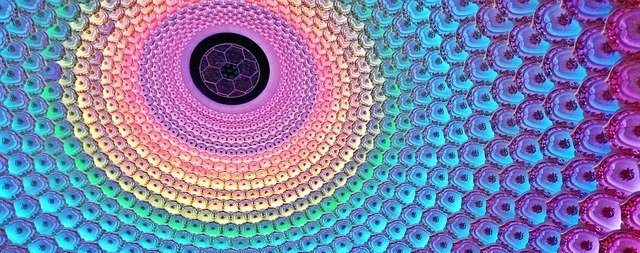| Project Home |
Project Illuminate: Overview
Welcome! This is the website for the lab projects for the Academies for Women and for All, summer camps offered by UT Computer Science.
This project is so much fun, y'all. We can't wait to see what you create!
This week, you will learn to use the Arduino board to create patterns in the lights, and ultimately, you will design a project that showcases your patterns. At the end of the week, we will have a project showcase where you can show off your creation.
We will create these projects using the Arduino Uno to control color-changing LED lights. Yes! We will be using an actual board and actual lights, so your code will be causing changes in the physical world. These lights are individually addressable, which means that we can control each one separately and the possibilities for what you can create are limitless.
The Arduino Uno programming environment uses the Arduino programming language, which is based on C/C++, so first everyone must complete the C++ tutorial. This tutorial covers only the aspects of C++ you'll need for this project. Additionally, we'll use the Linux operating system, which is new to many of you, and so the C++ tutorial includes information about how to get started in this environment.
Most of the tutorial and all programming for the project must be completed using Pair (or Group) Programming.
Once you are familiar with the aspects of C++ used in this project, you will begin working on your project.
Getting Started
C++ Tutorial
Getting Started in Linux
Compiling and Executing Programs in Linux
Project Illuminate Guide
Getting Started with Arduino
Connecting the Lights
Controlling the Lights
Basic Patterns
Project Resources
Project Ideas
FastLED Pre-defined Color List
Showcase Information
After Camp Resources
Instructions to Make Your Own Arduino and Light Set
Download Our Framework
This lab has been created and maintained by Alison Norman and Clare Coleman,
with appreciation to Ashley Oudenne for her contributions to the tutorial.
Special thanks to the people at FastLED
who provided the library on which this project is based.
